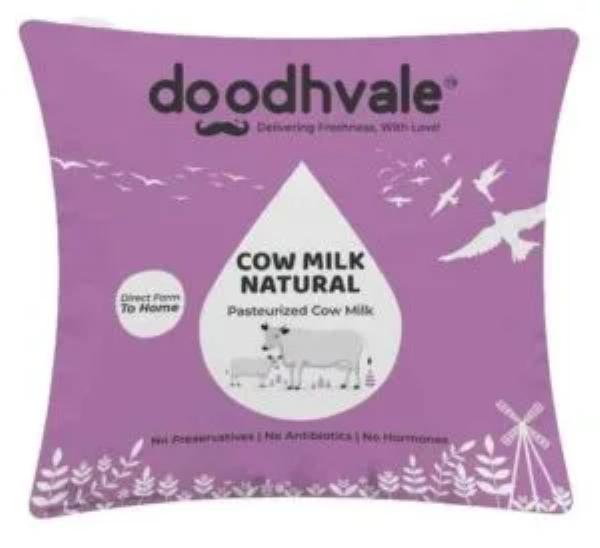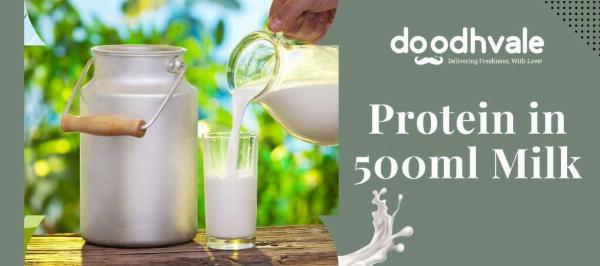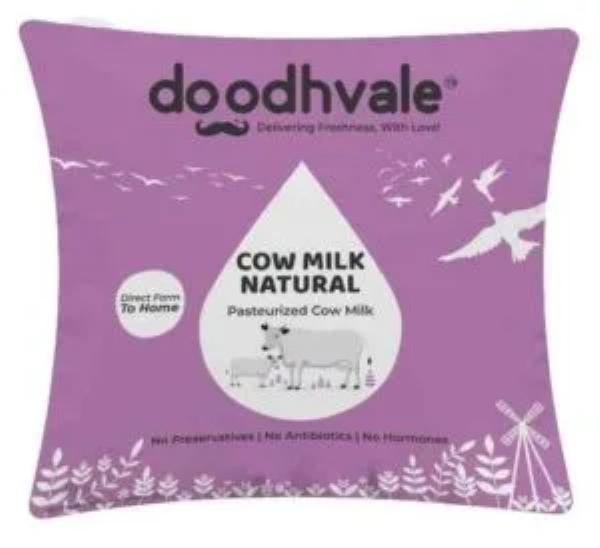 Conversion-Focused Landing Pages – More Leads, Less Bounce!
Conversion-Focused Landing Pages – More Leads, Less Bounce!
Difference Between Yogurt and Curd
Written by vindhyaprocess » Updated on: June 17th, 2025

Yogurt and curd are both popular dairy products, but they are distinct in their preparation methods, taste, and nutritional content. Here’s a comprehensive look at the difference between Yogurt and curd:
1. Origin and Culture Used
Yogurt:
Yogurt is made by fermenting milk using specific bacterial strains, usually Lactobacillus bulgaricus and Streptococcus thermophilus. These bacteria convert lactose (milk sugar) into lactic acid, which thickens the milk and gives yogurt its characteristic tangy flavor. The process of making yogurt is more controlled and scientific, often involving commercial starters.
Curd:
Curd, on the other hand, is made by adding a small amount of a previous batch of curd or a natural acidic substance like lemon juice or vinegar to warm milk. This helps coagulate the milk, leading to the formation of curd. Unlike yogurt, curd is less controlled and can be made using natural ingredients found in any kitchen.
2. Texture and Taste
Yogurt:
Yogurt typically has a smooth and creamy texture, which is consistent across batches due to the controlled fermentation process. The taste is tangy, sometimes slightly sour, depending on the fermentation time and the cultures used.
Curd:
Curd has a more variable texture, often slightly grainy or lumpy compared to yogurt. The taste of curd is milder, often less tangy, and more dependent on the quality of the milk used and the method of preparation.
3. Nutritional Value
Yogurt:
Yogurt is often enriched with additional probiotics, making it a good source of beneficial bacteria for gut health. It is also rich in protein, calcium, and vitamins like B12 and riboflavin. Because of its controlled preparation, yogurt can have a higher concentration of these nutrients.
Curd:
Curd is also a good source of calcium and protein but may not have the same level of probiotics as yogurt. The nutritional content of curd can vary greatly based on the milk used and the preparation method. Homemade curd often contains beneficial bacteria but in lesser quantities compared to yogurt.
4. Health Benefits
Yogurt:
The probiotics in yogurt can improve digestion, enhance immunity, and contribute to overall gut health. Regular consumption of yogurt can also aid in weight management, reduce the risk of heart disease, and promote bone health.
Curd:
Curd is also beneficial for digestion and can soothe the stomach, especially after spicy meals. It is commonly consumed to prevent acidity and indigestion. Though curd lacks the specific probiotics found in yogurt, it still promotes general gut health.
5. Culinary Uses
Yogurt:
Yogurt is often consumed as a standalone snack or dessert, used in smoothies, and as a base for dips and sauces. It is also used in cooking, especially in dishes like curries and marinades, where its tanginess and texture enhance the flavor of the food.
Curd:
Curd is a staple in many Indian households and is often eaten with meals, mixed with rice, or added to dishes like raita and dahi vada. Curd is also used as a base for many traditional recipes, but its culinary uses are more regional compared to yogurt.
6. Preparation Method
Yogurt:
Making yogurt typically requires heating milk to a certain temperature, cooling it down, and then adding the bacterial culture. The mixture is then kept in a warm environment for several hours to ferment. This process ensures a consistent texture and flavor.
Curd:
Curd preparation is simpler and more traditional. Warm milk is mixed with a small amount of curd (as a starter) or an acidic agent, then left at room temperature for a few hours to set. The process is less controlled, which can lead to variations in taste and texture.
7. Shelf Life
Yogurt:
Due to its controlled fermentation and often pasteurization, yogurt generally has a longer shelf life than curd. It can be stored in the refrigerator for several weeks without losing its texture or flavor.
Curd:
Curd, especially homemade, has a shorter shelf life and is best consumed fresh. It can last a few days in the refrigerator, but its texture and taste may change over time.
Conclusion
While both yogurt and curd are healthy dairy products with their unique benefits, they are different in terms of preparation, taste, texture, and nutritional content. Yogurt is more consistent and probiotic-rich, making it a good choice for those seeking specific health benefits. Curd, with its traditional preparation method, is a versatile and widely consumed product, particularly in Indian cuisine.
Both have their place in a balanced diet, and your choice between the two can depend on personal preference, health goals, and culinary needs.
Note: IndiBlogHub features both user-submitted and editorial content. We do not verify third-party contributions. Read our Disclaimer and Privacy Policyfor details.
Copyright © 2019-2025 IndiBlogHub.com. All rights reserved. Hosted on DigitalOcean for fast, reliable performance.
















